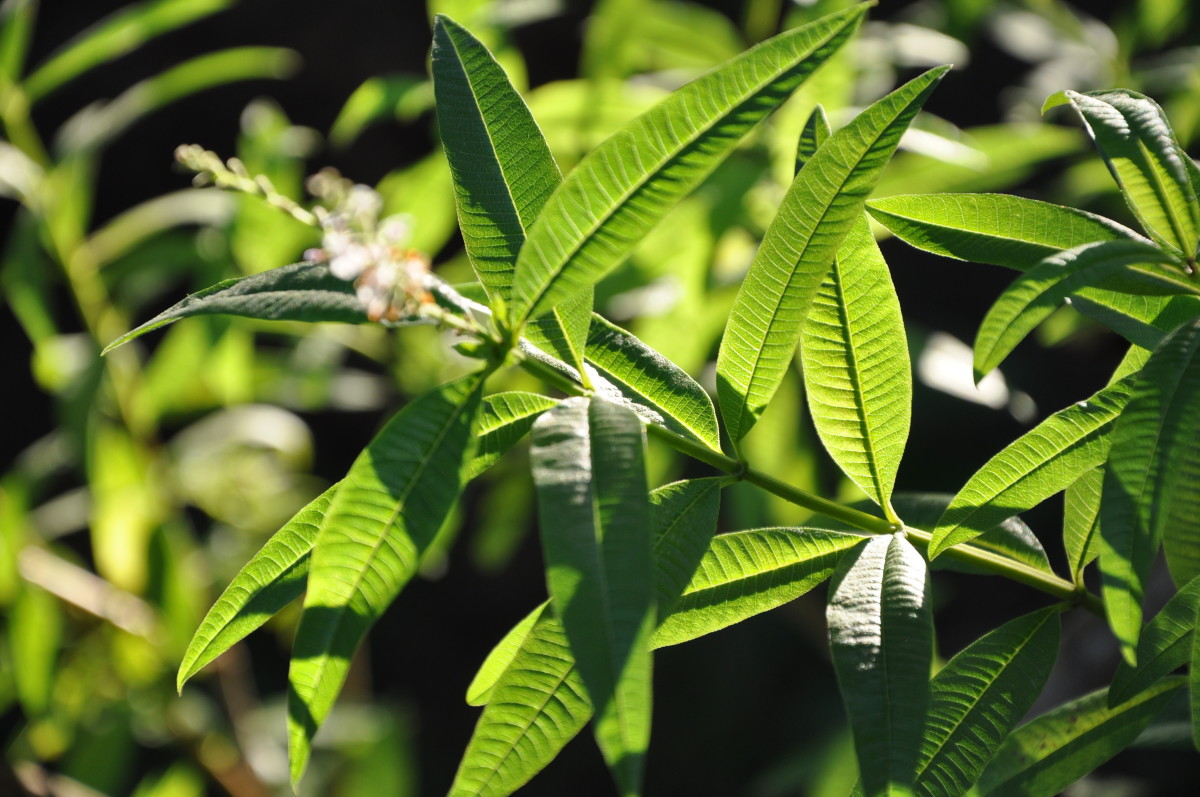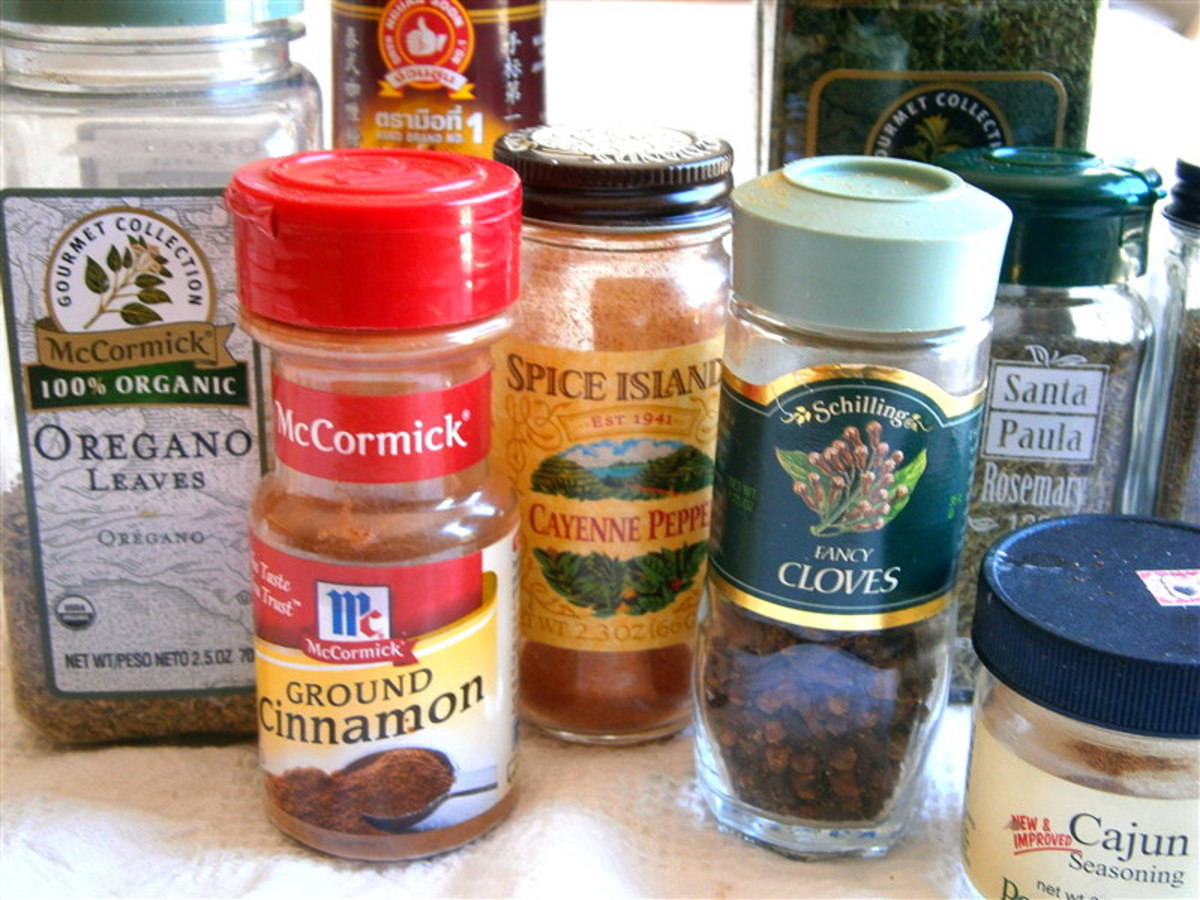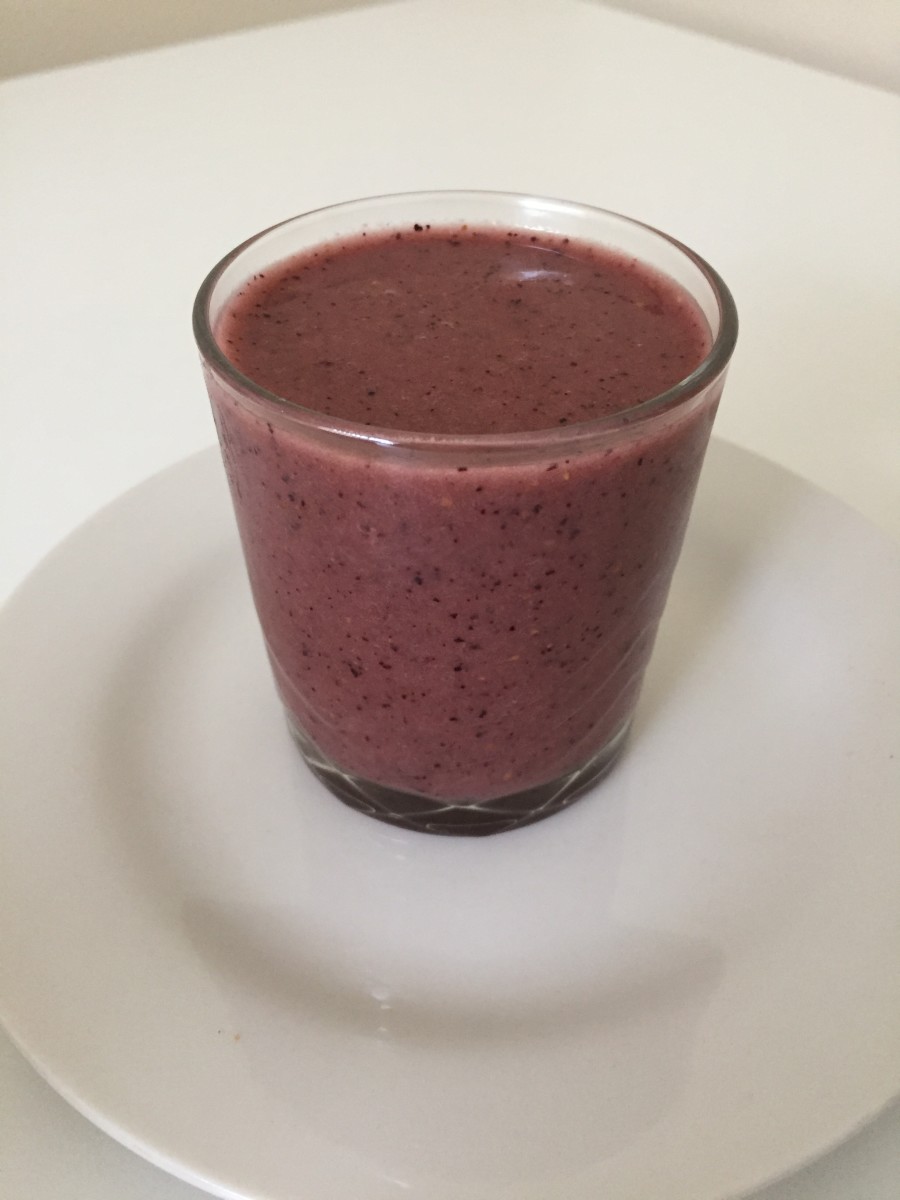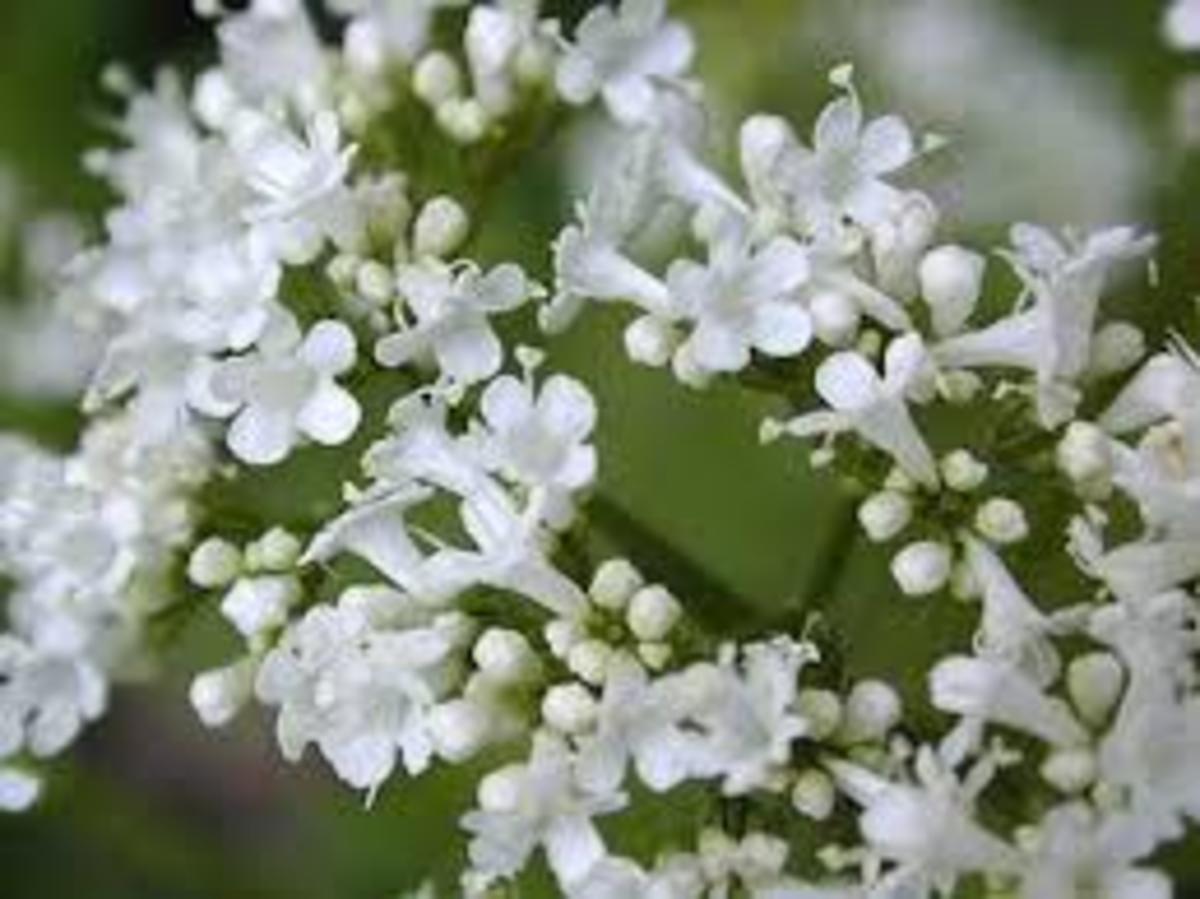- HubPages»
- Health»
- Alternative & Natural Medicine»
- Herbal Remedies
Discovering Anti-Inflammatory Herbs
Hippocrates, the father of modern medicine, said that food is medicine. Herbs are a form of food that is packed with healing nutrition. Until the past few centuries, the following herbs, and others like them, were the only medicines available.
A Word of Warning
This article is not intended as medical advice. Always speak to a medical professional before using these or any herbal medical treatments. However, adding small amounts of these herbs to food and drink for added flavor or nutritional value may provide the added benefit of reducing pain and inflammation.
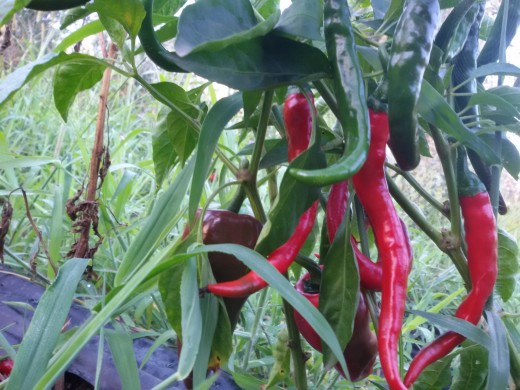
Cayenne Pepper
Cayenne peppers also fight inflammation in the body. They contain capsaicin which inhibits P. neuropeptide which is linked to the inflammatory process. Just two teaspoons of powdered cayenne pepper deliver at least 30 percent of the recommended daily requirement of vitamin A. It also provides vitamins E, C, K, and B6. Some studies with animals indicate that cayenne pepper may delay the formation of arthritis.
Cayenne peppers can be started in the house or the plants bought at a nursery and then planted in the garden when all danger of frost has passed. Cayenne peppers in the tropics are perennials, however, in temperate climates, peppers are annuals.
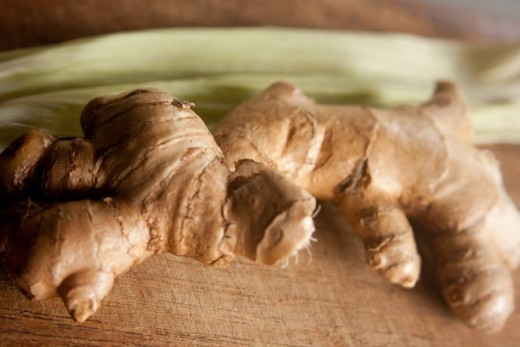
Ginger
Used ginger in several Asian culinary dishes and in baking, ginger is a popular spice. It is a delicious additive to stir-fries and other dishes with fruits or vegetables and adds aromatic and spicy savor. Ginger, however, is also popular because of the chemical gingerols. Gingerols are unique to ginger providing its anti-inflammatory effects. Proponents claim that it is especially effective in treating rheumatoid and osteoarthritis. Clinical studies agree. During clinical studies, individuals who have increased ginger in their diet found their pain levels decreased and their range of motion increased in the affected joints. Gingerol protects the body from free radicals. It thwarts the production of nitric oxide in the affected tissues. Nitric oxide is a precursor of peroxynitrite, a very damaging type of free radical. Ginger also has properties that block the formation of cytokines and chemokines, compounds that initiate inflammation in the body.
Grown from the rootstock, ginger can be a very invasive plant if planted in the garden, so it is wise to plant it in a large pot buried in the ground to prevent it from spreading. Ginger is a perennial.
Aloe Vera
Aloe Vera is commonly known for its ability to soothe burns and heal wounds, but did you know that aloe vera is also an effective anti-inflammatory agent? It reduces pain and inflammation faster than silver sulfadiazine (commonly known as silvadine). Aloe vera gets its anti-inflammatory properties from a chemical compound called anthraquinones.
Aloe Vera is a succulent and can be easily grown as a houseplant. It is a perennial as long as not left outside and allowed exposure to freezing weather.
Licorice
Licorice also delivers anti-inflammatory effects on the body. Cyclooxygenase and lipooxygenase are the main enzymes that initiate inflammation and licorice stops those chemicals from activating. Licorice also initiates the body’s anti-inflammatory response. This is why several medications use licorice particularly black licorice as one of their ingredients.
Licorice can be grown from seed, bought at a nursery, and planted in the greenhouse or directly into the garden. Licorice is grown from roots and grows into a shrub.
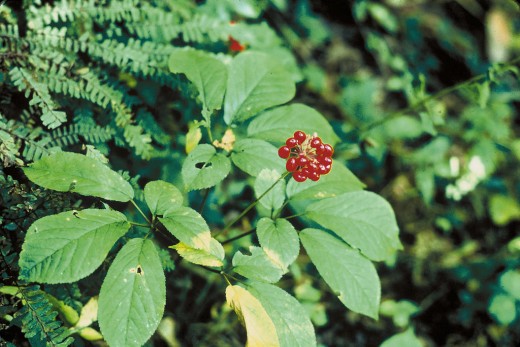
Ginseng
Ginseng is a popular Chinese medicine herb. Modern researchers have verified the anti-inflammatory properties of ginseng. Ginseng contains ginsenosides, substances which suppress the activities of the immune system, thereby inhibiting inflammatory responses.
Growing your own ginseng can be done, but to do so is labor intensive, takes special skill, and requires a lot of patience because it takes several years and special cultivation before you see results. Ginseng once established is a perennial that will come back year after year as long as the right growing conditions exist.
Oregano
Today the Mediterranean diet is a favorite for many and a popular herb in both Mediterranean and Mexican cuisines is oregano. Oregano provides balsamic and aromatic flavors and is popular for providing necessary body nutrients. Two teaspoons of oregano have almost 30 percent of the required daily allowance for vitamin K. In addition, oregano’s phytonutrients rosmarinic acid and thymol, have antioxidant and anti-inflammatory effects. These anti-inflammatory effects are weaker than hydrocortisone. However, the antioxidant properties of oregano can actually prevent disease caused by inflammation, making oregano an effective anti-inflammatory herb.
Oregano can be grown from seed or bought from a nursery. The seeds can be planted in a greenhouse or seeded directly into the garden. If grown in the south is a perennial, but up north grows as a garden annual or an indoor potted plant.
Turmeric
Turmeric with its deep yellow hue is another name for Indian saffron and is a popular mainstay when making curry. It is rich in nutrients. Two teaspoons of turmeric provide 17 percent of the required daily value of manganese, 10 percent of iron, and 4 percent of vitamin B6. Turmeric has long been known for its potent anti-inflammatory properties. The yellow color in turmeric comes from curcumin, and curcumin is comparable to hydrocortisone or phenylbutazone, a chemical substance in its anti-inflammatory effects. Turmeric is effective for many individuals in the relief of inflammatory bowel diseases, arthritis, and cancer, because of its antioxidant properties.
Turmeric is usually grown in hot, humid climates of hardiness zone 9 or higher, therefore, cannot be grown year-round in temperate climates. It can, however, be grown in the summer in cooler climates and dug up and brought inside in the winter or grown in containers year round.
This content is accurate and true to the best of the author’s knowledge and does not substitute for diagnosis, prognosis, treatment, prescription, and/or dietary advice from a licensed health professional. Drugs, supplements, and natural remedies may have dangerous side effects. If pregnant or nursing, consult with a qualified provider on an individual basis. Seek immediate help if you are experiencing a medical emergency.
© 2014 Cygnet Brown

